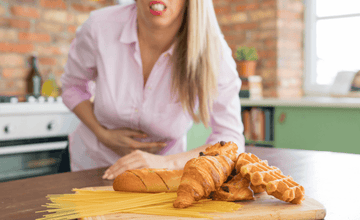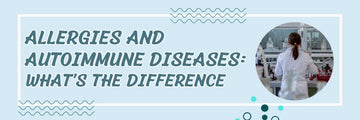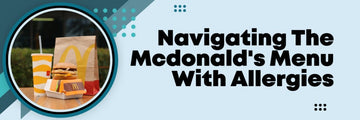Managing Your Yeast Intolerance
If you have discovered you have an intolerance to yeast through completing an intolerance test, it’s time to consider how to manage this intolerance moving forward. We’ve put together a guide to managing yeast intolerance, including next steps in overcoming this issue for good.Yeast Free Diet
The first thing to do after discovering you have a yeast intolerance, is to begin removing yeast from your diet. It is recommended that individuals take part in an elimination diet, where yeast is removed from your diet for 4-6 weeks then slowly reintroduced to see whether symptoms reappear.Yeast Free Diet
To stop consuming yeast, you must look at all of the foods that contain it. Yeast is most commonly found in:- Bread.
- Baked goods such as cakes, biscuits and pastries.
- Cereal.
- Alcohol such as beer and cider.
- Processed meats.
- Dried fruits.
- Condiments.
- Blue cheese.
What Foods Don’t Contain Yeast?
If you have an intolerance to yeast, there are still many foods available for you to eat. These yeast free foods include:- Meat / poultry / fish
- Vegetables & low-sugar fruits
- Eggs
- Rice
- Oils
- Quinoa
- Hummus











